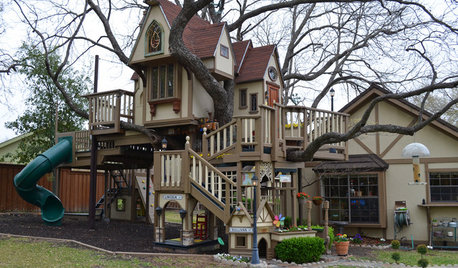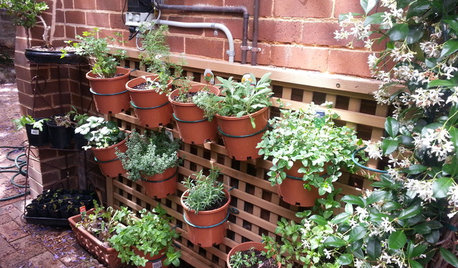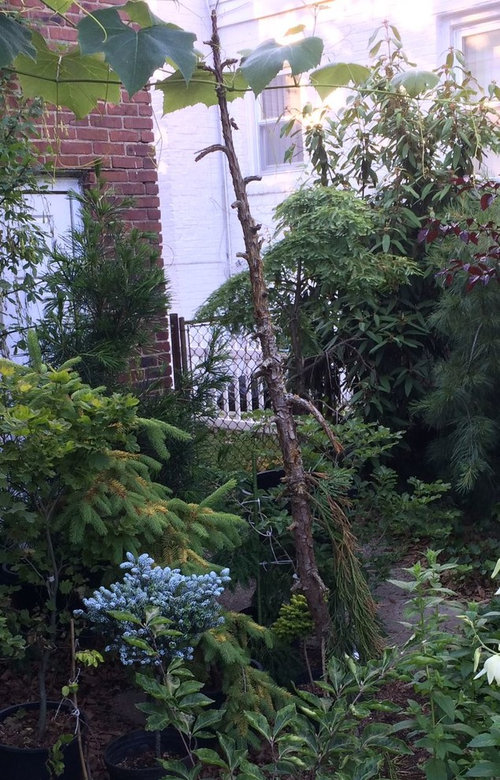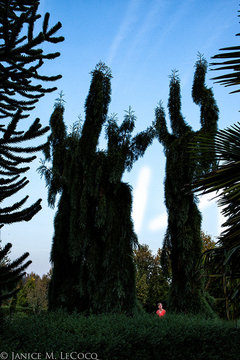Will my Weeping Giant Sequoia ever grow back?
stuartlawrence (7b L.I. NY)
5 years ago
last modified: 5 years ago
Featured Answer
Sort by:Oldest
Comments (17)
FrozeBudd_z3/4
5 years agoken_adrian Adrian MI cold Z5
5 years agoRelated Professionals
Canton Landscape Contractors · Mission Landscape Contractors · New Cassel Landscape Contractors · Rockwall Landscape Contractors · Shoreview Landscape Contractors · Smyrna Landscape Contractors · Maple Heights Landscape Contractors · Franklin Landscape Contractors · North Haven Landscape Contractors · Rosemount Landscape Contractors · Delaware County Siding & Exteriors · Callaway Siding & Exteriors · Guilford Siding & Exteriors · Draper Decks, Patios & Outdoor Enclosures · Franconia Decks, Patios & Outdoor Enclosuresgardengal48 (PNW Z8/9)
5 years agoken_adrian Adrian MI cold Z5
5 years agoEmbothrium
5 years agolast modified: 5 years agoSara Malone Zone 9b
5 years agogardengal48 (PNW Z8/9)
5 years agolast modified: 5 years agosc77 (6b MA)
5 years agoEmbothrium
5 years agolast modified: 5 years agostuartlawrence (7b L.I. NY)
5 years agolast modified: 5 years agosam_md
5 years agostuartlawrence (7b L.I. NY)
5 years agosc77 (6b MA)
5 years agolast modified: 5 years agojalcon
5 years agogardengal48 (PNW Z8/9)
5 years agolast modified: 5 years agoSara Malone Zone 9b
5 years ago
Related Stories

MOST POPULARThe Most Incredible Kids' Tree House You'll Ever See?
Duck your head to enter this unforgettable Dallas wonderwork, lovingly crafted with imaginative delights
Full Story
EDIBLE GARDENSSummer Crops: How to Grow Tomatoes
Plant tomato seedlings in spring for one of the best tastes of summer, fresh from your backyard
Full Story
EDIBLE GARDENSSummer Crop: How to Grow Blueberries
Plant blueberries in spring or fall for garden beauty through three seasons — and a sweet superfood in summer
Full Story
DECLUTTERINGDecluttering — Don't Let Fear Hold You Back
Sure, you might make a mistake when tackling a decluttering project, but that's OK. Here's why
Full Story
GARDENING AND LANDSCAPINGGrow a Lush Privacy Screen
No need to wait forever for patio privacy the green way. These 10 ideas will get your screening up and running in no time
Full Story
DECORATING GUIDESThe Dumbest Decorating Decisions I’ve Ever Made
Caution: Do not try these at home
Full Story
EDIBLE GARDENSHow to Grow Your Own Sweet Summer Crops
This guide will help any gardener get started on growing the freshest warm-season veggies and berries for summer
Full Story
DECORATING GUIDES10 Design Tips Learned From the Worst Advice Ever
If these Houzzers’ tales don’t bolster the courage of your design convictions, nothing will
Full Story
BASEMENTSHouzz TV: This Guy’s Giant Lego Collection Proves Everything Is Awesome
You may have seen our story about this architect’s Lego-filled basement. Now watch the video to see just how he organizes all 250,000 pieces
Full Story
FARM YOUR YARD14 Crazy Places to Grow Edibles
Some Houzzers may lack ground for gardening, but they’re never short on imagination
Full StoryMore Discussions














sc77 (6b MA)